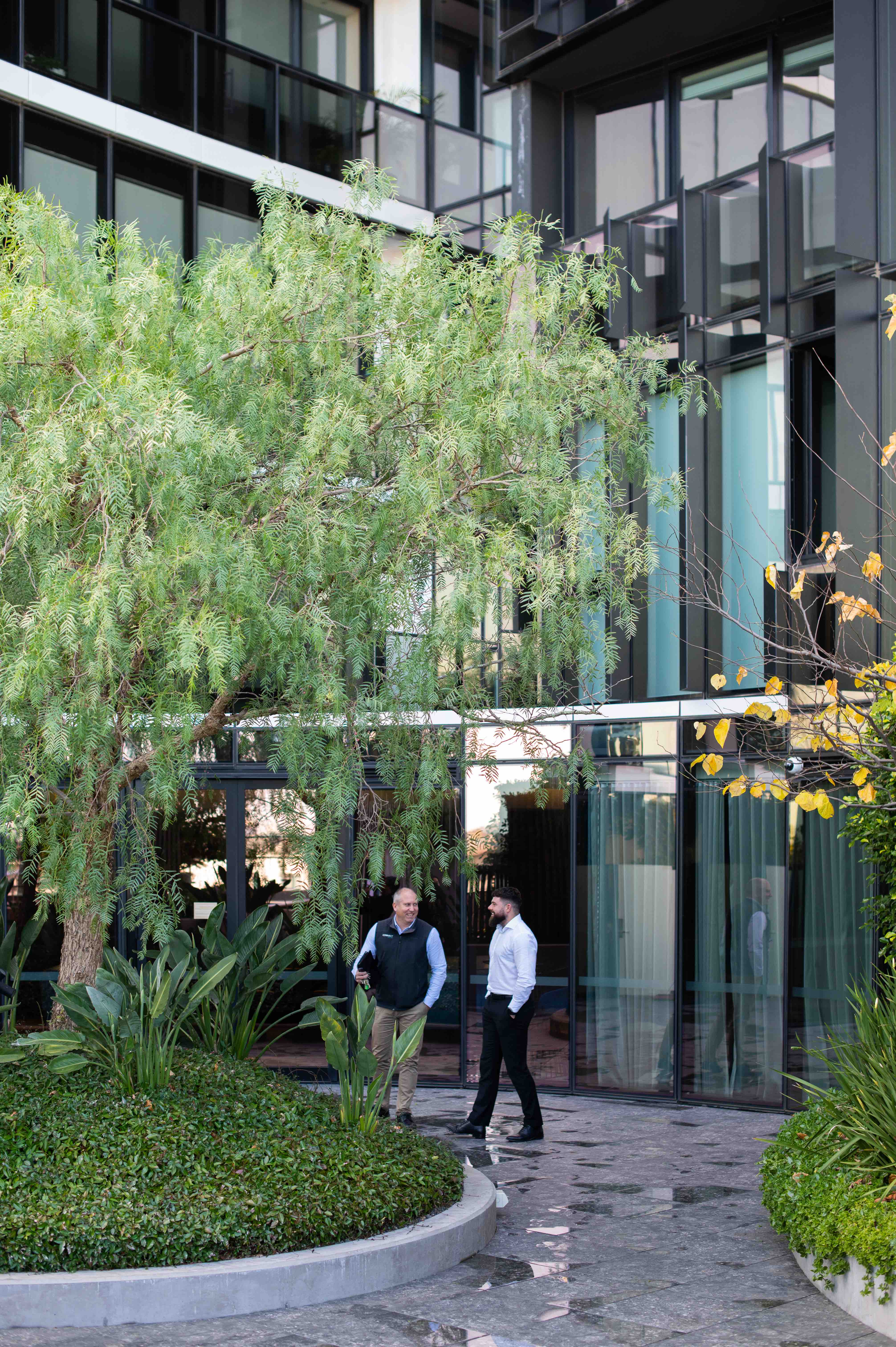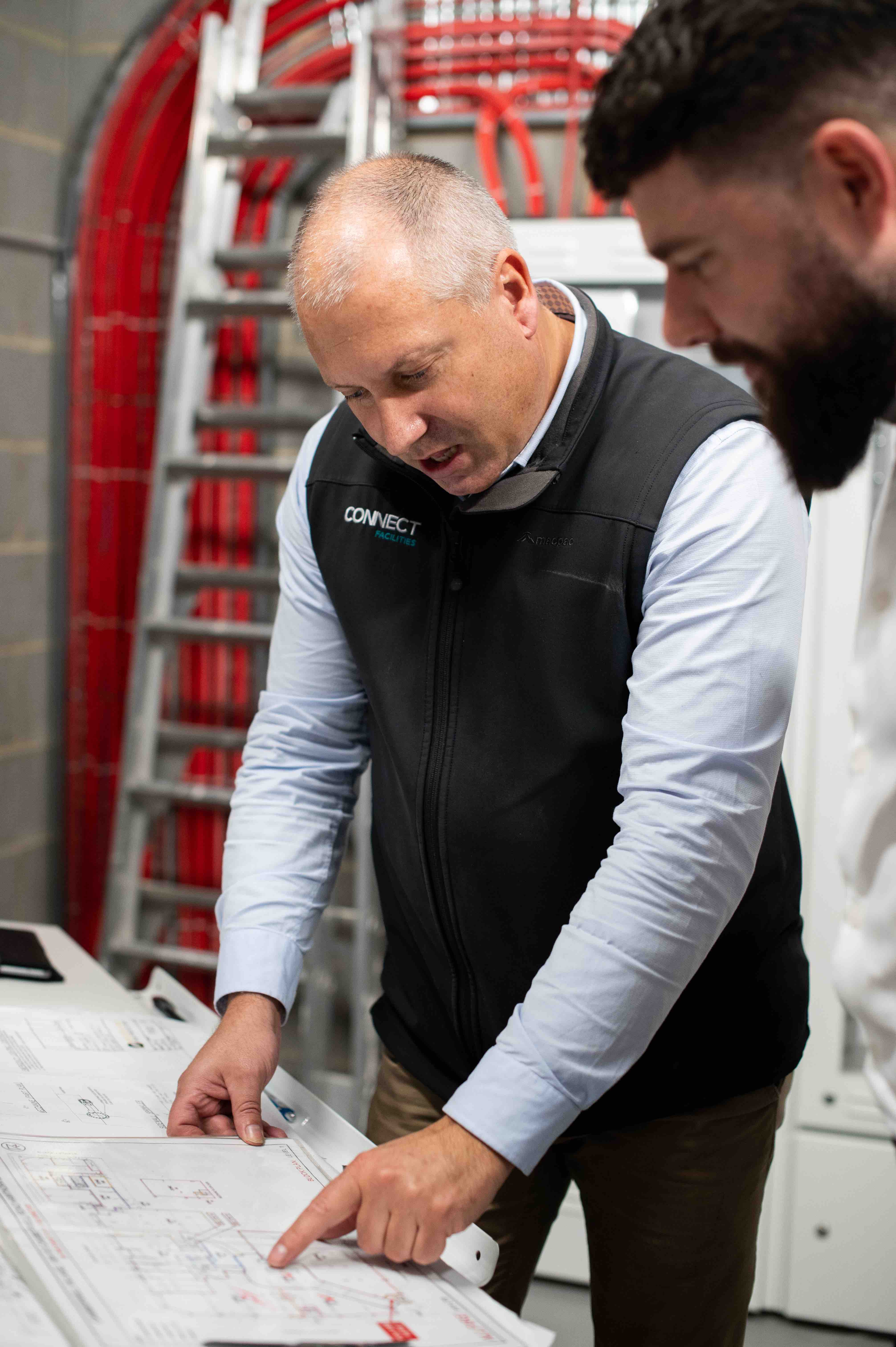Enhancing Efficiency and Productivity: The Evolution of Facility Management in Australia
Facilities management holds immense importance as it oversees the seamless operation and maintenance of physical assets, infrastructure, and services. Over the years, Australia has experienced a remarkable transformation in this domain, hightened by the imperatives of cost optimisation, sustainability, and heightened productivity. This article delves into the current landscape of facility management in Australia, shedding light on its crucial facets, emerging trends, and the escalating significance of expert facility management services.
Facility Management’s Surge in Australia
Meeting the Demands of Urbanisation and Industry Growth
In the last decade, Australia has undergone significant urbanisation and witnessed the flourishing of diverse industries, creating a pressing need for expertly managed buildings & facilities. Historically, facility management took a backseat, as organisations directed their primary focus towards core business operations. Nevertheless, as the realisation dawned about the profound influence of efficient facility management on overall productivity and cost savings, a fundamental shift has taken place.
“Each building and asset are not the same, we approach each asset as an individual, and look at the best performance outcomes to ensure a seamless operational transition.”
– GEORGE ZAKHOUR – CONNECT FACILITIES, GENERAL MANAGER
Connect Facilities’ Key aspects of Facilities Management
Asset Management
The management of physical assets, including buildings, equipment, and infrastructure, is a fundamental aspect of facility management. This includes tasks such as; maintenance planning, asset tracking, and optimisation strategies to enhance longevity and achieve optimal performance.
Space Management
Efficient allocation and utilisation of space are vital for maximising productivity and minimising costs. Facility managers analyse space requirements, plan layouts, and implement strategies to optimise the use of available space.
Maintenance and Operations
Maintaining the functionality and safety of facilities requires regular maintenance and effective operations. Facility managers coordinate preventive and corrective maintenance activities, oversee service contracts, and ensure compliance with relevant regulations and standards.
Health and Safety
Facility management assumes the responsibility of ensuring a safe and healthy working environment. This includes implementing safety protocols, conducting risk assessments, providing training programs, and maintaining emergency preparedness.
Emerging Trends Effecting Facilities Management
Technology Integration
The integration of automation, Internet, app intergration, and data analytics is revolutionising facility management. Smart technologies enable real-time asset monitoring, predictive maintenance, energy management, and resource optimisation.
Sustainability and Green Initiatives
Facility management in Australia actively promotes sustainable practices and green initiatives. Energy-efficient lighting, waste management, water conservation, and the adoption of renewable energy sources reduce environmental impact and generate long-term cost savings.
Outsourcing of Facility Management Services
Recognising the advantages, organisations are increasingly outsourcing facility management services to specialised firms. This strategic move allows companies to focus on core competencies while accessing the expertise and resources of professional facility management providers.
Examples of outsourced services are: cleaning, pest control & security.
Focus on Employee Well-being
Facility management places a growing emphasis on employee-centric elements. This includes creating comfortable work environments (office/room within a residential building), implementing wellness programs or socialising events for residents (wine tasting, painting), and designing spaces that foster collaboration and productivity. Recognising employee well-being as a key driver, organisations strive for overall success.
In Conclusion
Connect Facilities, and the entire domain of facilities management has experienced a remarkable shift, evolving from a reactive approach to a proactive and strategic one. The realisation of the immense benefits brought forth by professional facility management services is driving organisations to optimise operations, reduce costs, and prioritise employee well-being. By embracing technology, sustainable initiatives, and a commitment to efficiency, the future of facility management promises a bright outlook for organisations across diverse industries. As this trajectory continues, facility management will undoubtedly play a pivotal role in shaping the success and sustainability of businesses in the years to come.



